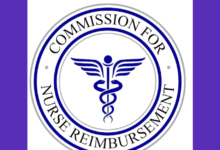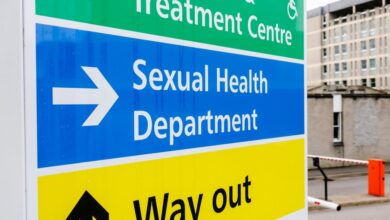Fewer ED nurses linked to poorer patient outcomes

Emergency departments with fewer nurses are more likely to experience delays in patient care and have a higher rate of serious outcomes for patients, according to a review of international data led by researchers from the UK and Ireland.
The study, published in the International Journal of Nursing Studies, was designed to identify evidence of an impact of nurse staffing numbers on the quality of care in emergency departments.
“Emergency departments around the world are facing increasing pressures”
Peter Griffiths
The review included data from 16 studies. These showed a link between lower staffing levels in emergency departments and increased patient wait times, more patients leaving without being seen and longer overall stays in the department.
Lower levels of nurse staffing were also linked to an increase in time to medications and therapeutic interventions and an increased risk of cardiac arrest within the emergency department.
The most common negative outcome associated with lower nurse staffing levels was that patients were more likely to leave the emergency department before they had been seen.
Professor of nursing at University College Dublin, Jonathan Drennan, who led the review, said: “The majority of patients who leave an emergency department without being seen will need to seek healthcare within 24 hours.
“Nurses have a key role in making sure patients are seen, both in timely triage assessment and ensuring that care is delivered by key decision makers such as doctors and advanced nurse practitioners, so this outcome is unsurprising.”
Chair in health services research at the University of Southampton, Professor Peter Griffiths, who was a co-author on the paper, said that the review showed how the workforce pressures currently being experienced by emergency departments were likely to be putting patients at risk.

Peter Griffiths
He said: “Emergency departments around the world are facing increasing pressures due to increasing demand and more complex health problems. At the same time, it is becoming harder to recruit and retain nursing staff.
“The Covid-19 pandemic has had lasting impact on the wellbeing of healthcare workers and there is an increase in the number of nurses saying they want to leave emergency nursing. This will make it increasingly challenging to staff emergency departments effectively. Our research suggests this could have a range of negative outcomes for patients.”
Nursing Workforce Standards published jointly by the Royal College of Nursing and the Royal College of Emergency Medicine in 2020 state that the nursing workforce in Type 1 emergency departments should be made up of 80% registered nurses.
The current review was unable to find clear evidence of the impact of nursing skill mix. However, one study did suggest that for each 10% increase in the proportion of registered nurses in an emergency department there was a more than 7% increase in the number of patients who received aspirin on arrival.
Overall, the researchers reported that not enough data was available to draw conclusions about the right number of nurses, or the skill-mix required, to safely staff emergency departments.

Jane Ball
They concluded that more research was needed to provide the data necessary to ensure safe staffing levels for emergency departments.
Professor Jane Ball, professor of nursing workforce policy at the University of Southampton and a fellow co-author on the paper, said: “The differences between the studies and limited high-quality research evidence available makes it difficult to draw definitive conclusions.
“However, it is evident that lower levels of nurse staffing are associated with delays in the provision of care and serious outcomes for patients.”







